In a world of crowded beaches and bustling tourist destinations, there’s something truly magical about discovering a serene lakeside retreat far from the madding crowds. Across America, countless hidden lakes offer the perfect backdrop for relaxation, outdoor adventure, and reconnecting with nature without fighting for space or parking spots.
Here is a list of 20 lesser-known US lakes that provide the tranquil escape you’ve been dreaming of. Each offers its own unique blend of natural beauty and peaceful seclusion.
Waldo Lake
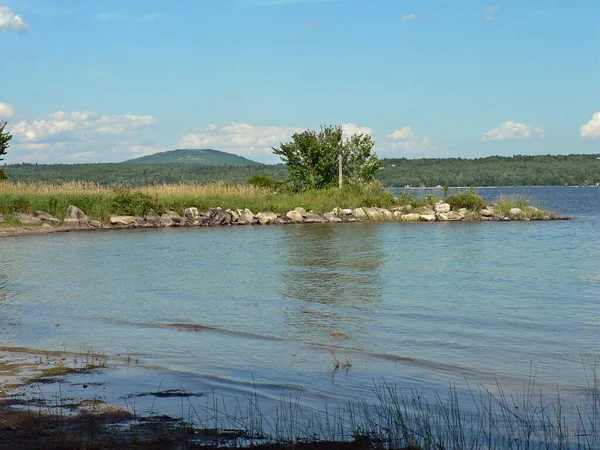
Tucked away in Oregon’s Cascade Mountains, this crystal-clear lake boasts some of the purest water in the world, with visibility extending over 100 feet deep on calm days. A ban on motorboats with internal combustion engines ensures the lake remains peaceful and pristine.
The surrounding old-growth forest creates a sense of isolation despite being just 58 miles from Eugene, making it perfect for kayaking, swimming, and stargazing without city light pollution.
Lake Jocassee
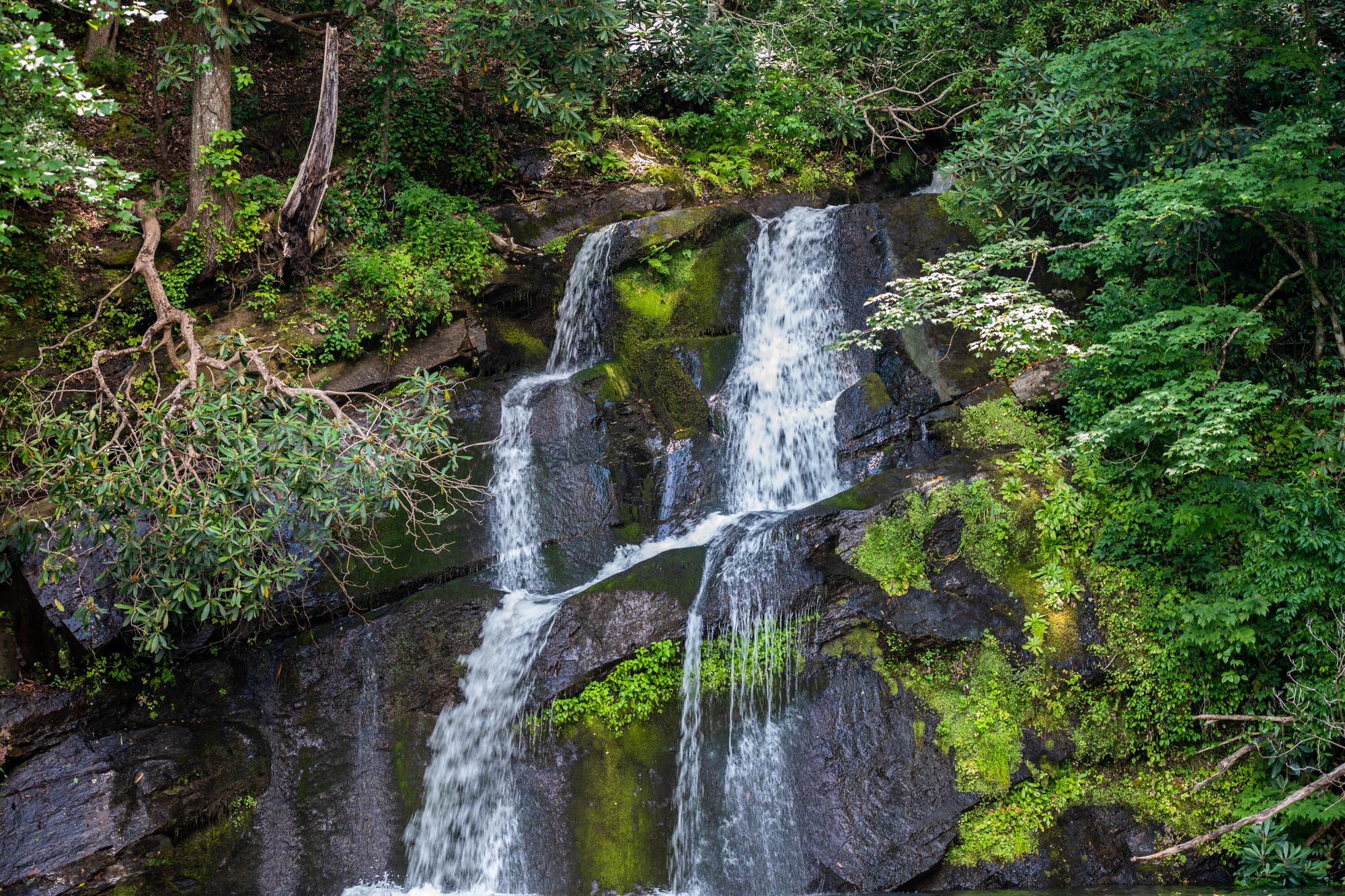
This 7,500-acre reservoir in South Carolina features crystal clear water nestled against the backdrop of the Blue Ridge Mountains. Accessible primarily by boat, its numerous finger coves lead to hidden waterfalls that cascade directly into the lake, some reaching heights of over 80 feet.
The lake’s relatively remote location keeps crowds minimal even during summer months, with several undeveloped islands offering perfect picnic spots for those willing to paddle out to them.
Like Travel Pug’s content? Follow us on MSN.
Hanging Lake
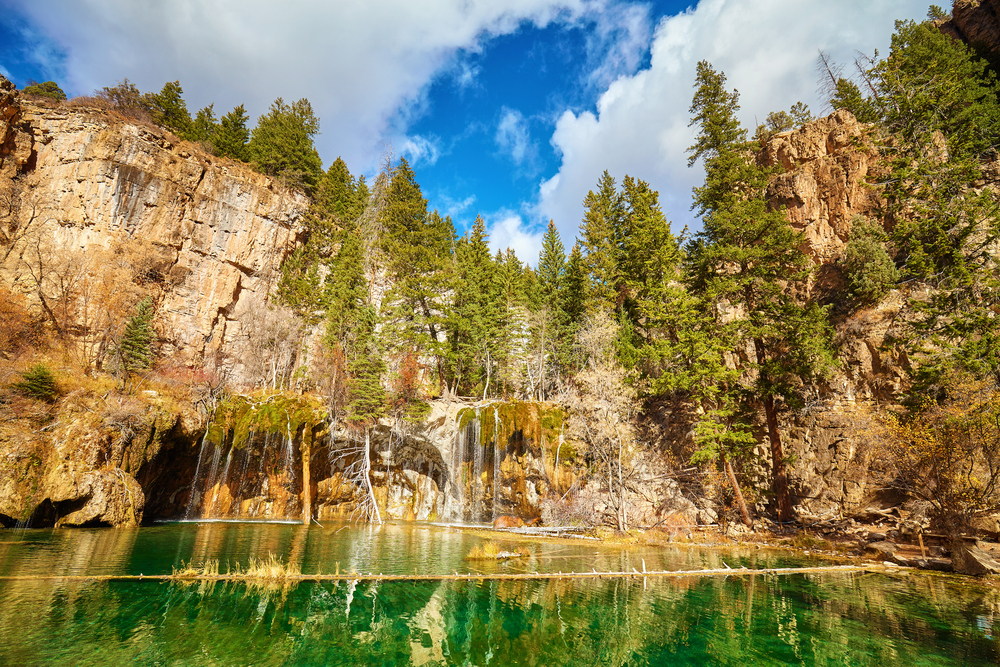
Perched in a cliff-side basin in Colorado’s Glenwood Canyon, this small glacial lake appears to defy gravity with its dramatic setting. The aquamarine waters maintain remarkable clarity thanks to strict visitor restrictions implemented in recent years.
The fascinating travertine geology creates a natural infinity edge where water seems to spill out over the mountainside. At the same time, the surrounding lush vegetation makes it feel more like a tropical oasis than a high-altitude Rocky Mountain lake.
Ross Lake
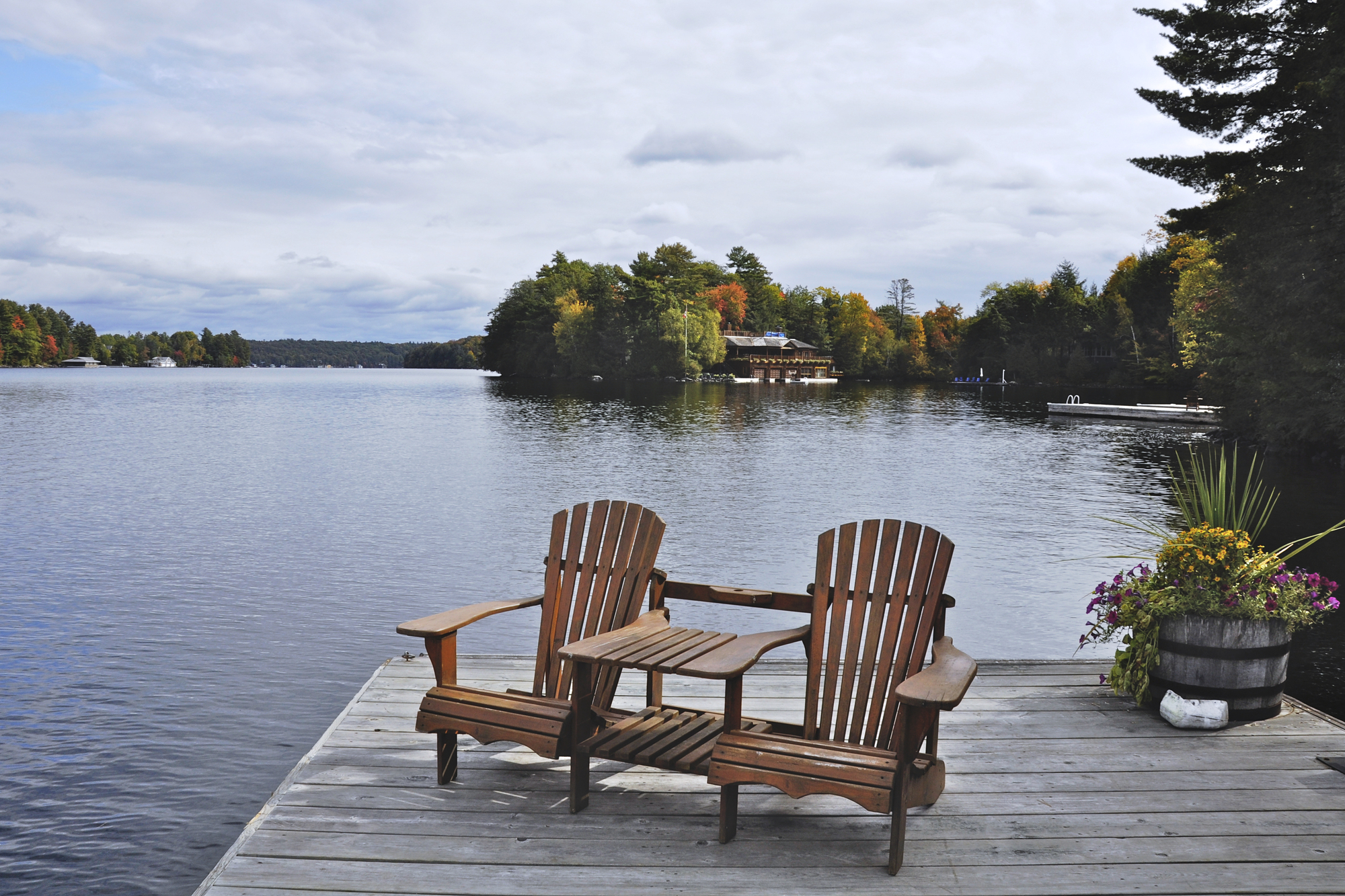
Stretching nearly 23 miles through Washington’s North Cascades National Park, this reservoir remains blissfully uncrowded due to its limited access points. The electric-only boating policy keeps noise pollution to a minimum, allowing visitors to appreciate the stunning mountain reflections on the emerald water fully.
Several remote boat-in campgrounds along the shoreline provide perfect isolation for multi-day adventures, with opportunities to spot eagles, osprey, and even the occasional bear.
Diablo Lake
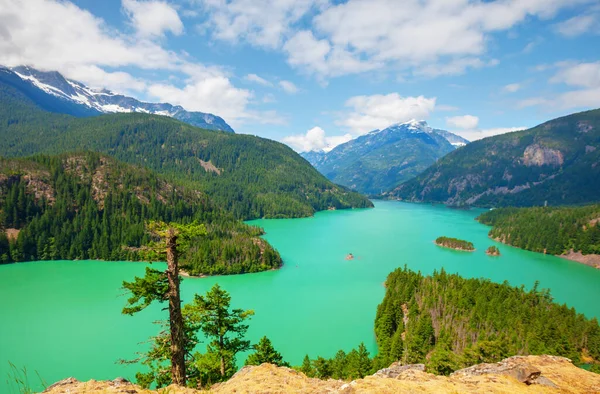
Just downstream from Ross Lake in Washington’s North Cascades, this smaller reservoir captivates visitors with its otherworldly turquoise color. The distinctive hue comes from glacial flour – rock particles so fine they remain suspended in the water, refracting sunlight into brilliant blue-green tones.
Despite being visible from the North Cascades Highway, the lake receives relatively few visitors, especially at its more remote eastern end, where several small islands create perfect kayaking destinations.
Like Travel Pug’s content? Follow us on MSN.
Bowman Lake
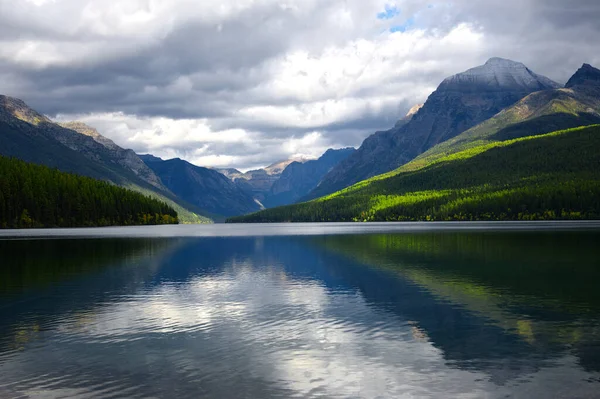
Located in the remote northwestern corner of Montana’s Glacier National Park, this pristine 7-mile-long lake sees just a fraction of the visitors that crowd the park’s more accessible areas. The bumpy 6-mile dirt road to reach the lake acts as a natural filter for casual tourists.
Dramatic mountain peaks reflect perfectly in the often-still morning waters, creating postcard-worthy vistas without the photobombing crowds found at the park’s more famous lakes.
Fontana Lake

This deep, cool reservoir in western North Carolina borders Great Smoky Mountains National Park, offering a refreshing alternative to the park’s more frequented areas. Numerous quiet coves and inlets provide perfect fishing spots away from the main water channels.
The lake’s north shore remains completely undeveloped within the national park boundaries, creating a peaceful wilderness experience on what locals call the ‘quiet side’ of the Smokies.
Lake Chelan
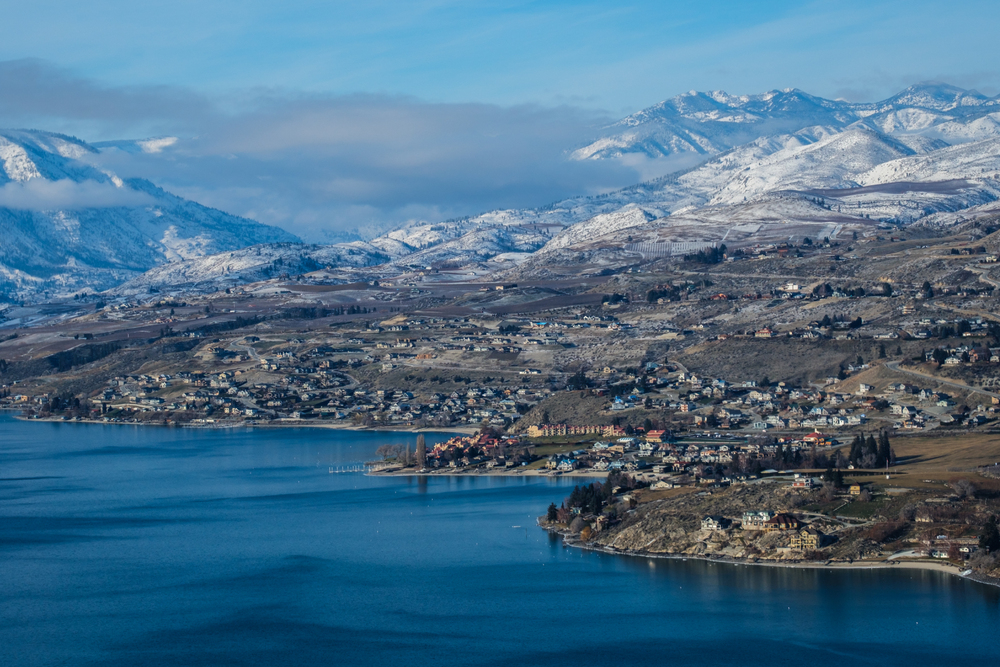
While the southern portion of this 50-mile-long Washington lake sees substantial summer tourism, the remote northern end remains one of America’s most isolated lake destinations. The village of Stehekin at the lake’s north tip is accessible only by boat, seaplane, or hiking trail, guaranteeing a crowd-free experience.
The lake’s exceptional depth of over 1,500 feet creates a distinctive deep blue color rarely seen in freshwater bodies.
Like Travel Pug’s content? Follow us on MSN.
Crater Lake
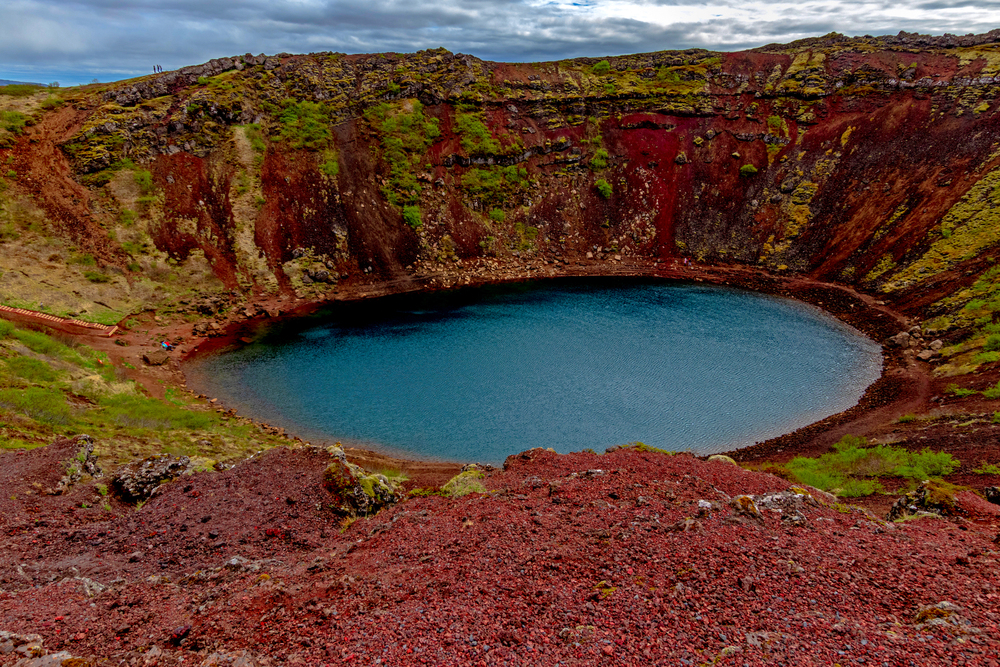
Though Oregon’s famous caldera lake isn’t exactly unknown, its remote location and short summer season mean that peaceful experiences are readily available with minimal planning. The lake’s famous blue color comes from its extraordinary depth and purity, containing no inlets or outlets.
Early mornings and late September visits virtually guarantee solitude along much of the 33-mile rim drive, with numerous pullouts offering contemplative views far from summer crowds.
Lake Santeetlah

Hidden in western North Carolina’s Nantahala National Forest, this mountain-ringed reservoir maintains a peaceful atmosphere because 80% of its shoreline is protected from development. More than 200 miles of shoreline create countless secluded coves perfect for swimming and fishing.
The surrounding Joyce Kilmer Memorial Forest preserves some of the East’s largest old-growth trees, providing exceptional hiking opportunities just minutes from the lakeshore.
Mountain Lake

Made famous in the movie ‘Dirty Dancing,’ this natural lake in Virginia’s highlands has a fascinating characteristic – it periodically drains and refills through natural geological processes. Currently, in a filling phase (as of 2025), after being nearly empty for years, the lake sits at 4,000 feet elevation, offering cool temperatures even in summer.
The historic Mountain Lake Lodge provides accommodations with minimal modern intrusions, maintaining the peaceful mid-century atmosphere captured in the famous film.
Like Travel Pug’s content? Follow us on MSN.
Broken Bow Lake
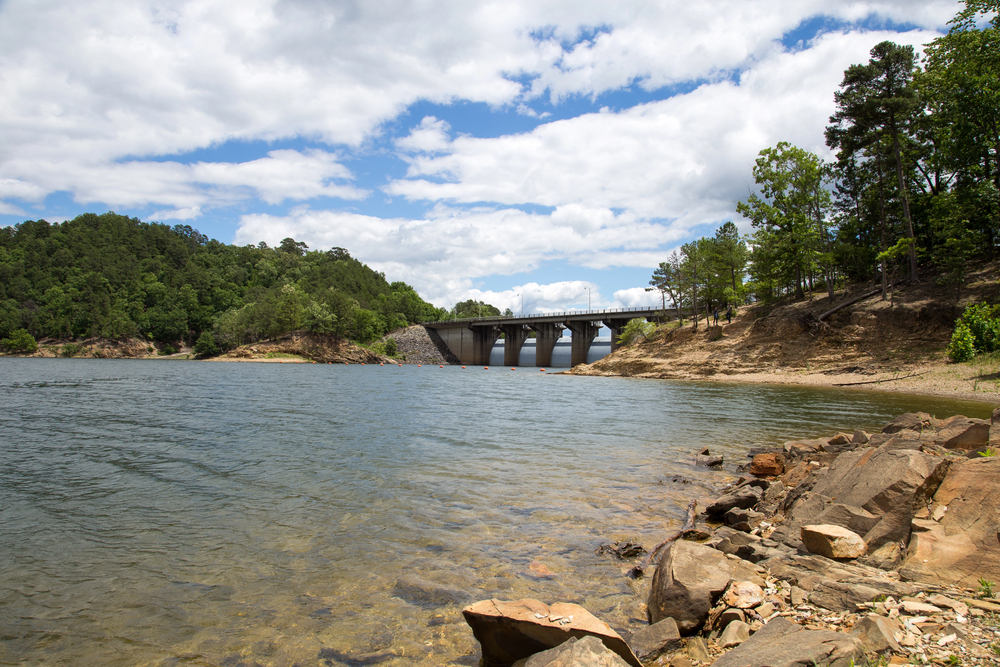
Nestled in the foothills of Oklahoma’s Ouachita Mountains, this clear, deep reservoir defies stereotypes about Oklahoma landscapes. The lake’s 180 miles of shoreline feature numerous isolated coves and stretches of undeveloped forest.
The southwestern finger of the lake extends into a wildlife management area inaccessible by road, creating a truly wild experience for kayakers willing to paddle beyond the marina areas.
Pyramid Lake
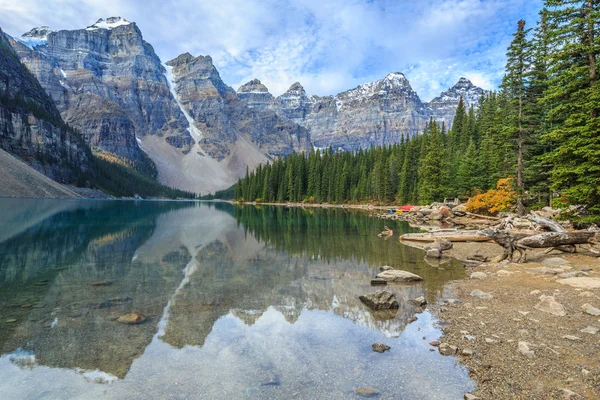
Just 30 miles north of Reno, Nevada, this desert lake’s unusual chemistry creates striking turquoise waters and fascinating tufa formations similar to those at the more famous Mono Lake. Located entirely within the Pyramid Lake Paiute Tribe Reservation, the lake is managed with respect for its cultural significance, resulting in less intensive development than many western lakes.
The dramatic contrast between azure waters and desert landscape creates a surreal setting unlike any other lake in America.
Lake Lure
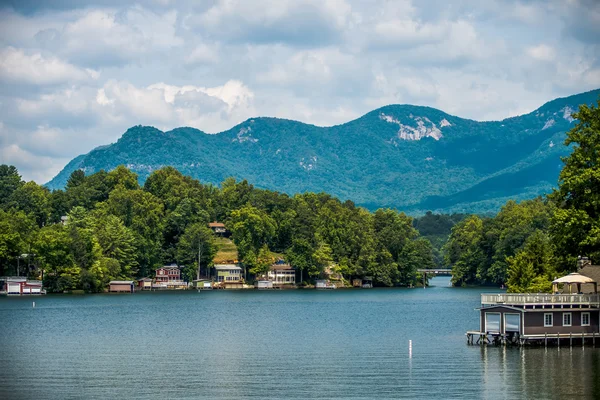
Tucked into western North Carolina’s Hickory Nut Gorge, this small mountain lake features dramatic 500-foot cliffs plunging directly into deep water. The lake’s unusual shape, with numerous narrow coves branching from the main basin, creates many private-feeling areas despite its relatively modest overall size.
Flowering mountain laurel and rhododendron create spectacular displays along the shoreline in late spring, their reflections doubling the visual impact.
Like Travel Pug’s content? Follow us on MSN.
Sebago Lake
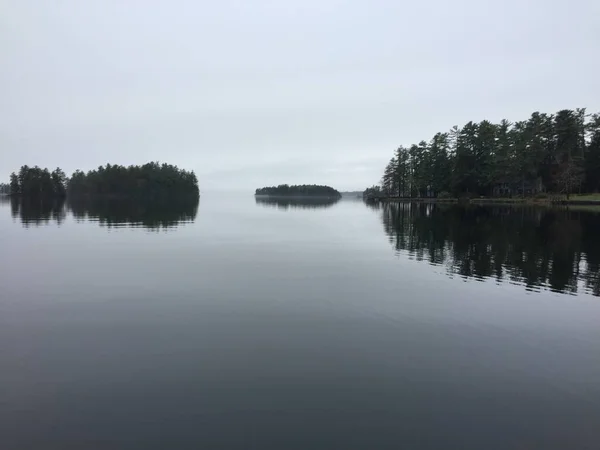
Maine’s second-largest lake remains surprisingly peaceful outside its southern beaches, particularly in the northwestern reaches, where undeveloped shorelines predominate. Multiple islands create wind-protected channels perfect for paddling adventures, and primitive camping opportunities exist on some state-owned islands.
The lake’s exceptional water quality and sandy bottom make for outstanding swimming, with visibility often extending 30 feet below the surface in this natural glacial lake.
Avalanche Lake
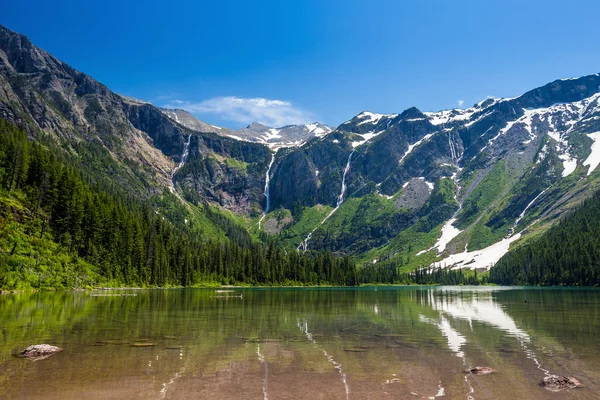
This jewel in Montana’s Glacier National Park requires a moderately challenging 2-mile hike, enough to deter casual visitors seeking drive-up photo opportunities. Surrounded by 2,000-foot cliffs with multiple waterfalls cascading down the rock faces, the setting feels more like a Norwegian fjord than an inland lake.
Early morning visits almost guarantee a peaceful experience with glass-like water, perfect for reflecting the dramatic landscape.
Elk Lake
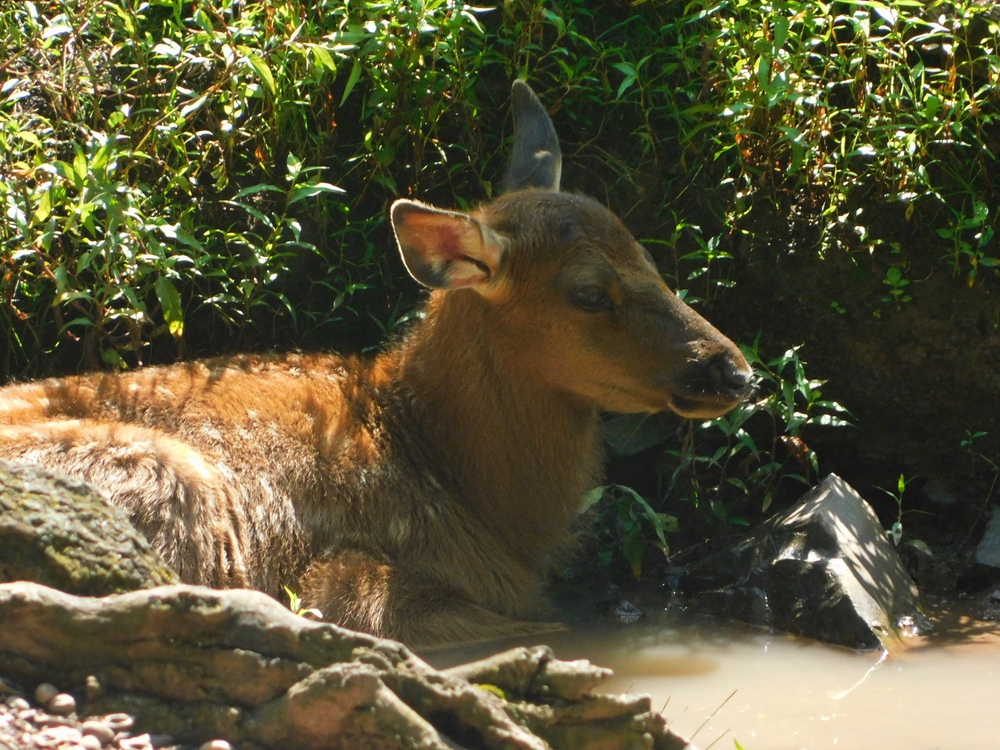
Located in Oregon’s Cascade Mountains, this spring-fed lake maintains remarkable clarity due to its volcanic filtration system. A deliberate lack of cell service or electricity at the rustic resort maintains a peaceful, disconnected atmosphere that is increasingly rare in mountain getaways.
The lake’s position along the Cascade Lakes Scenic Byway means it’s often overlooked by travelers heading to more developed destinations nearby, leaving its peaceful shores relatively uncrowded even during peak summer months.
Like Travel Pug’s content? Follow us on MSN.
Medicine Lake
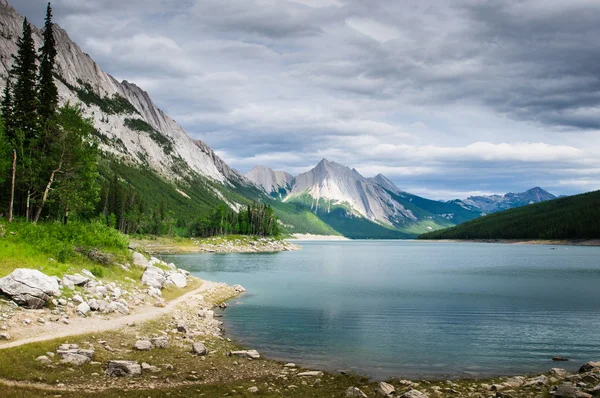
This unusual volcanic feature in Northern California’s Lassen National Forest appears to be a permanent lake, but actually drains completely through porous lava tubes each autumn. The surrounding ancient lava flows, painted dunes, and glass-like obsidian create an otherworldly landscape that receives remarkably few visitors.
The lake’s high elevation (6,700 feet) keeps summer temperatures comfortable while providing exceptional night sky viewing opportunities in the clear mountain air.
Dale Hollow Lake
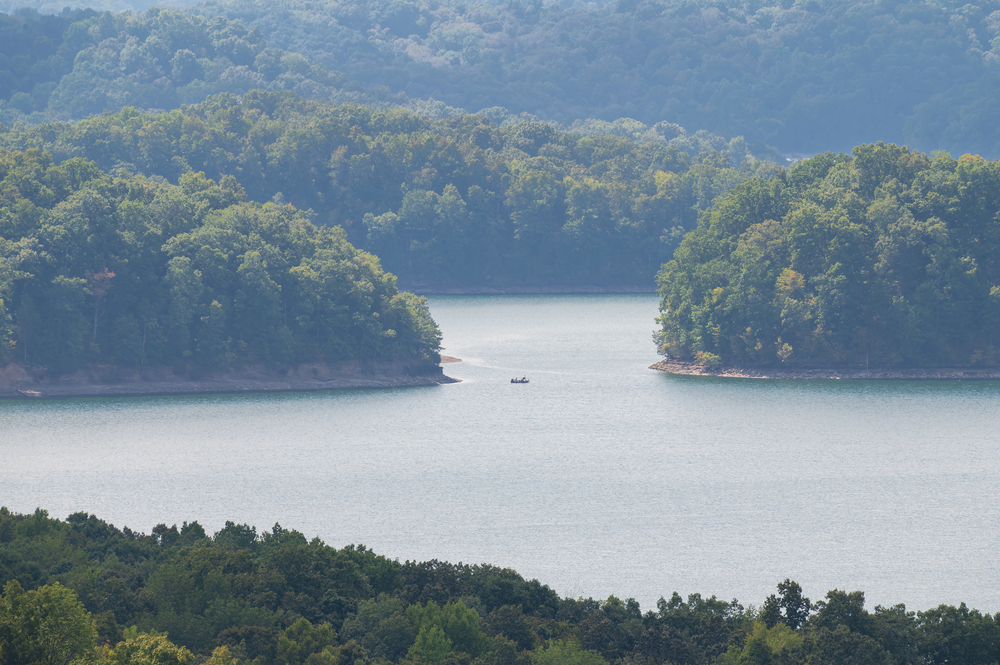
Straddling the Tennessee-Kentucky border, this 27,700-acre reservoir features some of the clearest water in the eastern United States, with visibility regularly exceeding 25 feet. More than 600 miles of shoreline create endless opportunities for exploration, with numerous undeveloped coves and inlets.
The lake’s fame among fishing enthusiasts for record-setting smallmouth bass belies its peaceful nature, as its substantial size easily absorbs visitors without feeling crowded.
Saddlebag Lake

Perched at 10,087 feet in California’s eastern Sierra Nevada mountains, this alpine gem sits just outside Yosemite National Park’s eastern boundary. The stunning location along the Tioga Pass provides magnificent views of surrounding peaks while drawing far fewer visitors than the lakes inside the national park.
A unique water taxi service bisects the lake, allowing hikers to create loop trails instead of out-and-back excursions. At the same time, twenty primitive campsites scattered along the shoreline offer peaceful overnight options during the brief summer season when the access road is open.
Like Travel Pug’s content? Follow us on MSN.
Finding Stillness in Blue Waters

These hidden lake retreats offer more than scenic beauty—they provide increasingly rare opportunities for genuine peace in natural settings.
Whether you’re seeking the mirror-like surface of an early morning paddle, the cool embrace of a refreshing swim, or simply a quiet shoreline for contemplation, these lakes deliver tranquility increasingly difficult to find at more publicized destinations. In our hyperconnected world, the simple pleasure of sitting beside clean, quiet waters surrounded by natural beauty might be the most luxurious vacation experience of all.
More from Travel Pug

- Cities Growing so Fast You Won’t Recognize Them in 10 Years
- 13 Destinations Where Tourists Regularly Regret Their Trip
- 16 U.S. Cities That Are Quietly Becoming Travel Hotspots
- Where to Travel If You Love Long Bus Rides and Daydreams
- 20 Cities Perfect for Solo Travelers Who Crave Adventure & Culture
Like Travel Pug’s content? Follow us on MSN.
